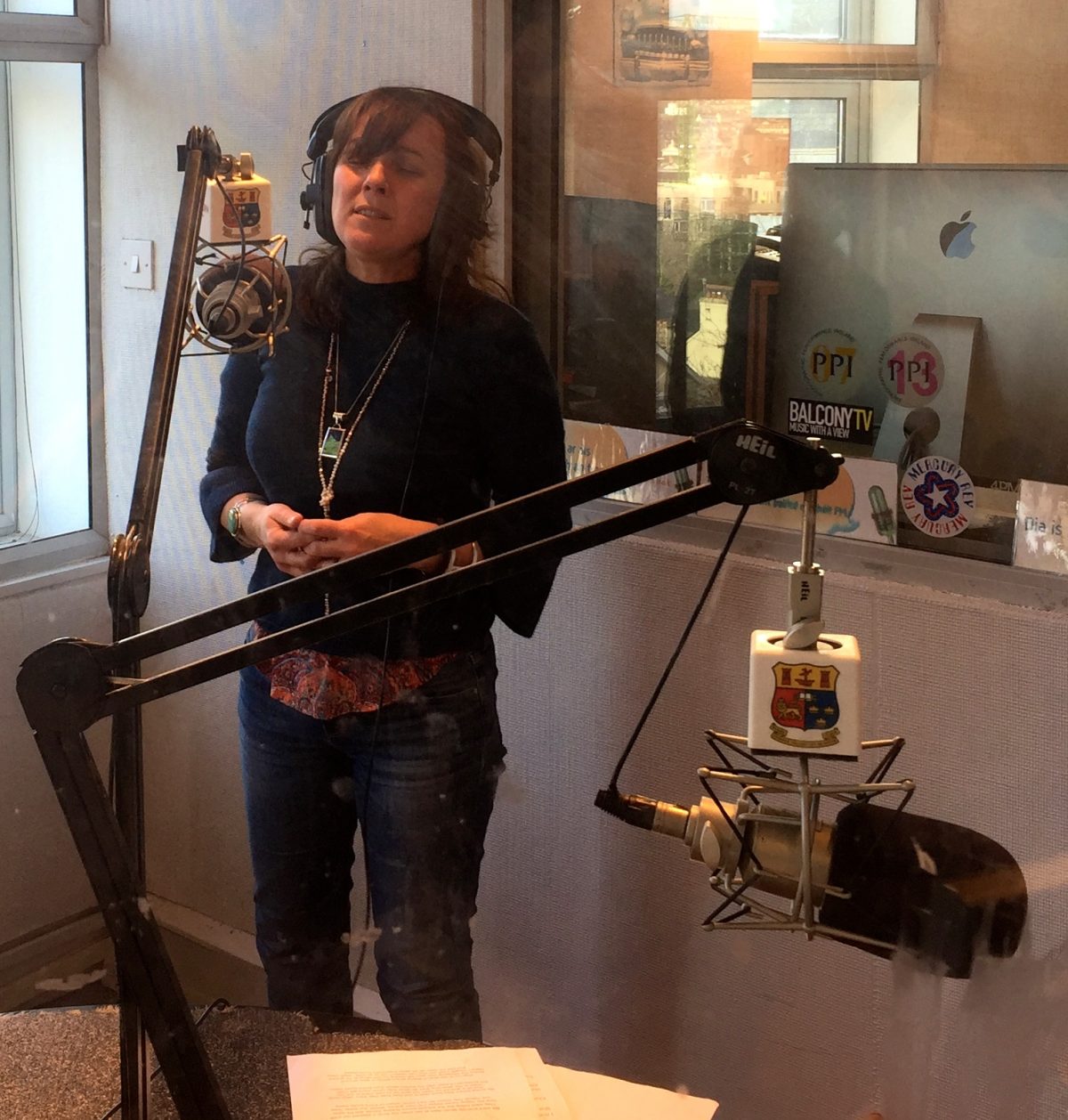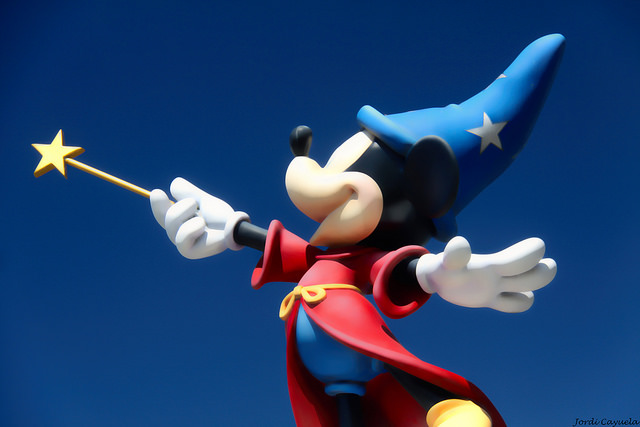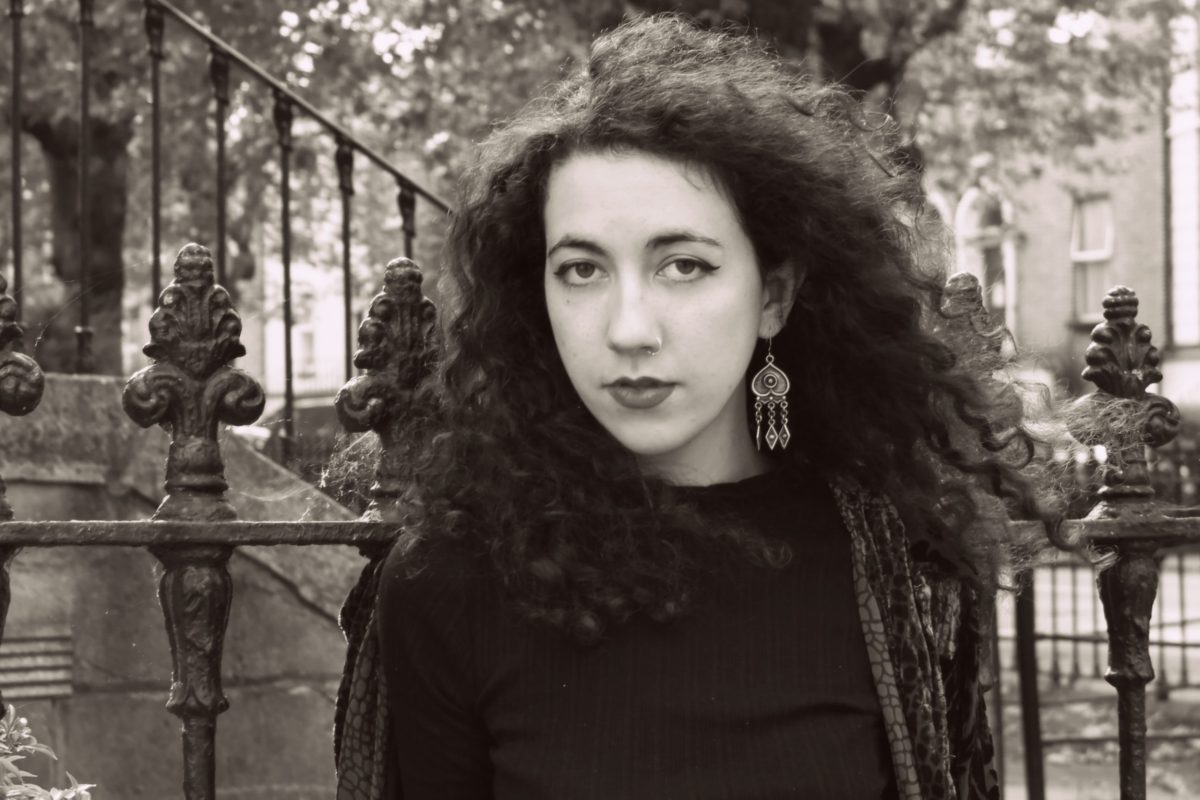Here’s the third part of my Songwriting Women radio series which was broadcast on UCC 98.3 fm . It features Karan Casey, a well known traditional singer and songwriter who lives in Cork . Karan sings live in studio and talks about her background and her music tastes from jazz through to folk . She also talks about her own writing and shares her inheritance tracks which range from vocal jazz by Bobby McFerrin to River by Joni Mitchell.
Category: Creativity
Copy: Right or Wrong?
Copyright law is designed to protect creators and “encourage future creativity and the development of new material which benefits us all “
( Copyright Act 2000 “Legislation,” n.d.)
In his book Free Culture, the Creative Commons pioneer and thinker Lawrence Lessig discusses the idea of creative borrowing as a fundamental principle of creativity. He also acknowledges the need to balance this with the protection individual creators and their creative and intellectual property. Both of these principles are, he argues, key to the future development of ideas and creativity.
Lessig cites the example of Walt Disney who employed this practice of creative borrowing incredibly successfully. What’s more his own work and that of his studio became hugely influential in the development of others’ work in animation and film as they mimicked and developed the Disney style and methodology. Given the topical nature of copyright law in relation to one of Disney’s most famous sons ( more of this later ), it is worth summarising the story Lessig tells:
Mickey Mouse was originally called Steamboat Willie.

He first appeared in 1928 in a silent cartoon which was something of a flop. It was only later when Walt Disney employed the synchronisation of sound and animation ( a process inspired by the first talkie, The Jazz Singer) that Mickey Mouse become truly animated and was an instant hit. However, Steamboat Willie was not an entirely original character. As Lessig points out :
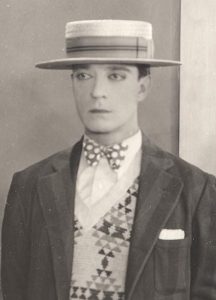
‘Throughout animation’s early history, it was Disney’s invention that set the standard that others struggled to match. And quite often, Disney’s great genius, his spark of creativity, was built upon the work of others. This much is familiar. What you might not know is that 1928 also marks another important transition. In that year, a comic (as opposed to cartoon) genius created his last independently produced silent film. That genius was Buster Keaton. The film was Steamboat Bill, Jr’ (Lessig “freeculture.pdf,” n.d.)
Steamboat Willie and Steamboat Bill Jr were both based on a character from the song Steamboat Bill. What Lessig maintains is that this ‘creative borrowing’ of characters ,stories, themes and ideas was not only common practice but it was and is the very basis of creativity. In Disney’s case it is a pattern that runs through much of his and the studio’s work. The stories for which it is most famous have drawn upon the work of others, reimagining and retelling them for the Disney audience. Lessig again:
‘Indeed, the catalog of Disney work drawing upon the work of others is astonishing when set together: Snow White (1937), Fantasia (1940), Pinocchio (1940), Dumbo (1941), Bambi (1942), Song of the South (1946), Cinderella (1950), Alice in Wonderland (1951), Robin Hood (1952), Peter Pan (1953), Lady and the Tramp (1955), Mulan (1998), Sleeping Beauty (1959), 101 Dalmatians (1961), The Sword in the Stone (1963), and The Jungle Book (1967).’ Add to these Beauty and The Beast, The Lion King ( apparently based on Hamlet ) and the never ending cycle of re-makes and it is clear that Disney not only ‘ripped creativity from the culture around him, mixed that creativity with his own extraordinary talent, and then burned that mix into the soul of his culture’ ( Lessig ) but continues to do so.
Did Disney have to pay copyright ? In 1928 most work was not even copyrighted and for that which was the average term was thirty years. This meant that the work that Disney used was freely available in the public domain to anyone who wanted to use it, free of charge.
How ironic it then is that Disney’s powerful lobbying of the US Congress may result in the copyright laws being extended again in order to save Mickey Mouse from falling out of copyright. Mickey is due to fall out of copyright in 2023 which means that anyone will be able to use or reproduce his image without having to get permission from Disney or compensate them for use. As illustrated in this graph, known as The Mickey Mouse Curve (Fig.1) and taken from an insightful blog post by Steve Shlackman (Schlackman, 2017), Disney have already succeeded in getting the law changed a number of times, immediately prior to their mascot’s copyright expiring .

What right does Disney have to claim such extended protection as the creator of material which, in its essence was inspired and borrowed and in the public domain? What is being protected is not creativity but powerful commercial interests that have more to do with merchandising than artistic endeavour so that as Lessig points out, culture is no longer free but owned. In what way can this possibly encourage creativity and the development of new material which benefits us all ?
References
Lessig,L Free Culture, 2004 Penguin Press, New York Accessed from www.freeculture.pdf 4/12/17
Legislation [WWW Document], n.d. . Univ. Coll. Cork. URL http://www.ucc.ie/en/ (accessed 12.4.17).
Schlackman, S., 2017. How Mickey Mouse Keeps Changing Copyright Law. Artrepreneur. Accessed 4/12/17
Songwriting Women Part 2: Maija Sofia
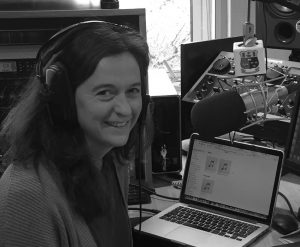
By taking female singer-songwriters in Ireland as an example of a Community of Practice and employing some principles of Participatory Action Research and #TransformDH I am conducting qualitative interviews with practitioners in order to gather information about this particular community . The idea is to approach this from a feminist perspective in a similar way to #Wakingthefeminists and link to others working in the field through #soundingthefeminists and other initiatives.
In this interview which was recently broadcast on Campus Radio UCC 98.3 FM I talk to Maija Sofia about her songwriting influences, her practice and her experience as a woman in the music industry. She also treats us to acoustic versions of two new songs.
I started out by asking her how she described her music and whether she considered herself as sitting in a particular genre. The player below sometimes takes a couple of clicks but it does work
In the second half of the show I invited Maija Sofia to place herself on an imaginary bill alongside some of her songwriting heroes. Here’s the playlist from the show :
- Maija Sofia The Girl Who Pulled the Sun Down
- The Kinks Waterloo Sunset
- Aldous Harding Horizon
- PJ Harvey Rid of Me
- Joanna Newsome Clam, Cockle, Cowrie
- Abigail Joffe The Love We Make
- Kate Bush Moving
- Nico I’ll be your Mirror ( fragment)
Maija Sofia’s music is available to listen to here
These music recordings are licensed for online broadcast and playback under UCC98.3fm
Songwriting Women Part 1 : Ciara O’Flynn
I’m hosting a weekly radio show on Thursdays at 12pm on UCC Campus Radio 98.3fm . I’ll be shining the light on women and songwriting and in particular on some local Cork women’s voices. Here’s the first of my interviews with Ciara O’Flynn from the band Pinhole.
Ciara reminisces about growing up around the Cork contemporary music scene and reflects on her influences and chosen playlist which includes Sheela na Gig by PJ Harvey and Cathy Davey’s Snitch. She talks about her songwriting process and themes and we get a pre-listen of some brand new songs from the band’s upcoming album . The show kicks off on a different theme as I play a few jazz numbers inspired by the recent Cork jazz festival.
She’s looking a bit nervous here but you’d never know it from the interview.
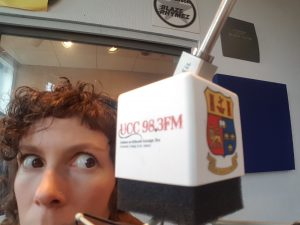 Singer-songwriter Ciara O’Flynn
Singer-songwriter Ciara O’Flynn
